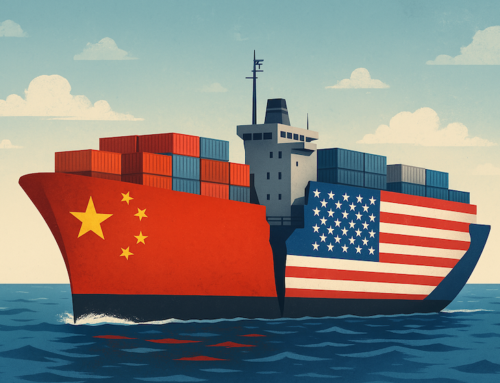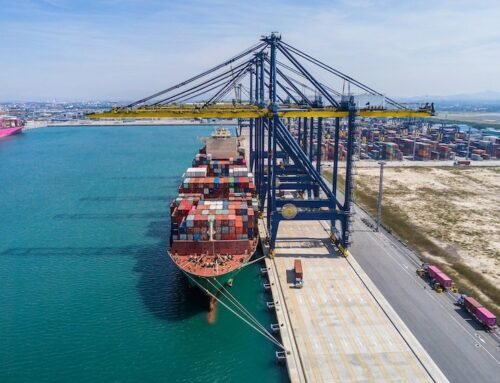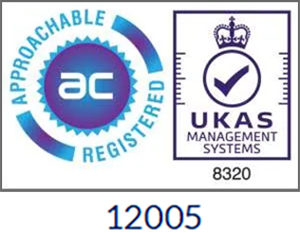Limited available capacity resulting from ships being assigned to longer routes, coupled with a sudden increase in demand is creating operational challenges and driving up sea freight rates.
Shipping demand along the Asia-Europe routes has surged at a time when service reliability has declined due to the challenges of rerouting vessels to avoid the Red Sea. There is currently insufficient capacity to accommodate ships taking longer routes. It should be noted that without vessels diverting around the Cape, the existing vessel capacity would adequately handle this increase.
Capacity Seriously Challenged
The increased demand, combined with the ongoing Red Sea crisis, has created an urgent need for additional vessels on the Asia-Europe shipping lane. Space is constrained due to vessels deviating from schedules and returning late to origin ports, leading to longer rotations and affecting outbound traffic from Asia. Much of the surplus capacity has been absorbed by the Red Sea diversions. Carriers are deploying extra ships via the Cape of Good Hope, while vessels face delays in Europe due to increased cargo volumes, diminishing market capacity. According to Alphaliner, 376 vessels are currently needed for 25 loops, compared to 321 for 27 loops a year ago. The combination of reduced available space and heightened demand is driving rates up, with freight rates, as of today, reaching levels not seen since September 2022. There is no short-term fix as the supply of ships remains tight and the Red Sea crisis continues to affect the supply chain.
Increased Pressure at Ports
Vessels are regularly arriving at ports on unscheduled days, leading to berthing clashes. The off-schedule arrival of vessels is causing a buildup of cargo, intensifying pressure on crucial hub ports. This has led to significantly longer waiting times at ports, creating a knock-on effect leading to pockets of equipment shortages in China. Equipment availability is becoming increasingly tight and varies daily based on vessel arrivals and the discharge of empty containers. All of these factors impact schedule reliability and, as such, schedule integrity remains compromised.
Outlook
The traditional peak season has begun earlier than usual, preceding the typical July-October period. Consequently, we expect demand to further increase in the coming months. We are entering a period of uncertainty, with significantly longer transit times anticipated. As vessels continue to deviate from their schedules, and with no improvement in the Red Sea crisis in sight, we want to inform our customers that the situation has the potential to worsen. While we anticipate delays and frequent schedule adjustments, we are committed to minimising disruptions and will provide regular updates to ensure you stay informed.
Should you have any questions or concerns about your shipment, please get in touch with our Customer Service Team on 01376 533039.








